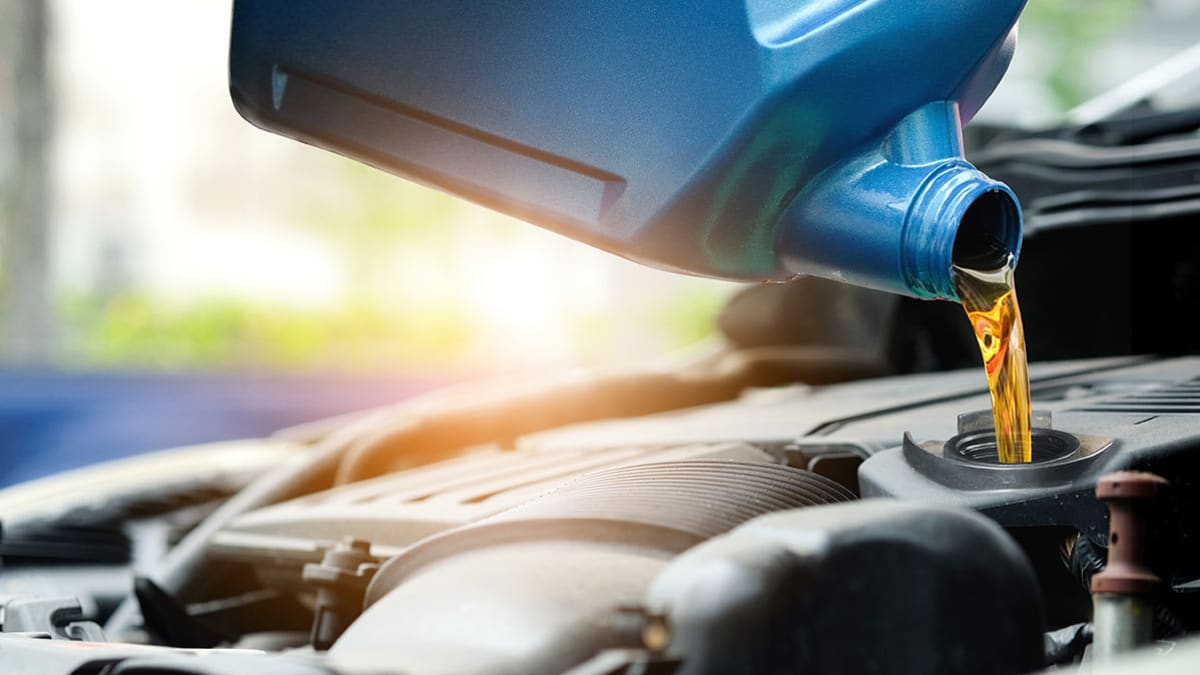CR’s experts say that checking your oil is an important preventive maintenance task on cars that have a dipstick, the long metal strip that extends into the oil pan from near the top of the engine. Most new cars also have an electronic oil level sensor, but that may alert you only when the oil is already critically low.
Plenty of new cars still have dipsticks, and if yours does, check the oil at least once a month. An easy way to remember is to do it every other time you fill up the fuel tank, or roughly once a month. If your mechanic says that your car’s engine is leaking or burning oil, check your oil more often and top off as needed until you get the problem fixed.
“If your car is burning or leaking oil, you want to stay ahead of the oil loss to make sure the engine doesn’t run low on oil,” Ibbotson says.
How to Check the Oil Level
1. Check the oil when the engine is warm unless the manual states to do otherwise. (A warm engine is one that has been running enough to reach operating temperature. But never touch or work on a hot engine.)
2. With the engine off, pull the dipstick out of its tube and wipe it clean with a paper towel or rag.
3. Fully reinsert the dipstick and pull it out again. The end of the dipstick usually has two lines (hash marks) or dots to denote “full” and “add oil.” If the level falls between the two marks, there’s enough oil. If it’s below the “add” mark, you could fry your engine.
“Many manufacturers advise checking the oil when the engine is cold, but checking it just after you fill the gas tank is fine,” says Michael Crossen, lead technician at CR’s Auto Test Center. “It may read a little low if the engine is still warm, but the important thing is that the level reads between the marks.”
How to Top Off the Oil
1. With the engine off, unscrew the oil fill cap—usually a yellow plastic screw-on cap with “oil” printed on it, located on top of the engine—and use a funnel to add oil. The “add” dipstick mark on some engines shows that it’s a half-quart low; in others, it’s a full quart.
2. Start by adding half a quart. Wait for the new oil to drain into the bottom of the engine, recheck the level, and then add more oil if necessary.
3. Repeat until the oil level is between the dipstick’s “full” and “add” marks.
Be patient, and never overfill the oil. Doing so can cause serious problems, including premature engine wear and leaks. “You don’t have to fill the oil all the way. Just make sure it’s between the marks on the dipstick,” Crossen says.
Some newer vehicles don’t have a dipstick at all and use an internal monitor to track the oil level. This is displayed either in the gauge cluster (often called the Driver Information Center, or DIC) or in a menu item in the infotainment system. The systems will indicate how much oil to add, either half a quart or a full quart. After you add the oil you’ll want to recheck the oil level using the system. Your owner’s manual will say how to cycle the system to check the level after topping off the oil.
Source link
